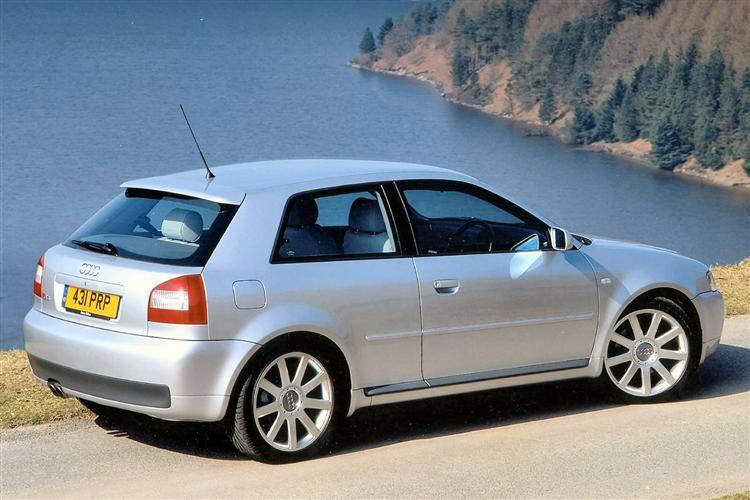What’s the Difference inbetween a Debit Card, a Credit Card and an ATM Card?
How big is your wallet? It might be fairly large due to the amount of plastic it holds.
Believe it or not, seventy eight percent of Americans carry $50 of cash or less on them at any given time. That’s because these days, virtually anything can be purchased with credit cards or debit cards. Should a consumer find him or herself in a pinch where a business doesn’t accept charge cards, that person could always find the nearest ATM and take out some cash.
But what is the difference inbetween all of those kinds of cards anyway? Let’s take a look:
• An ATM card is usually issued by your financial institution. The card permits you to take money from your savings account or checking account from an ATM, depending on which account it’s linked with. Generally speaking, you can use your ATM card to withdraw money from any ATM machine. But be careful: Some of those withdrawals will cost you. If an ATM machine is not part of your bank’s network, there’s a good chance you’re going to have to pay a fee to access your money. Because The Milford Bank is a member of the Allpoint ATM Network, our customers are able to withdraw money from one of 55,000 machines across the world with no fees. You can find more information about that here.
• A debit card—also known as a check card—is linked with your checking account and generally has a Visa or MasterCard logo on it. As such, you can use these kinds of cards anywhere credit cards are accepted. It’s significant you realize that debit cards are not credit cards, as the money that they draw from is the money that is on deposit in your bank account. Because you’re using your own money to make purchases you don’t have to pay interest on the things you buy with your debit card. But it’s significant that you reminisce to keep track of how much money you have in your account because it is possible to spend more money than you have in your accounts, causing you to overdraw your account. .
• A credit card permits you to purchase things with a lender—like American Express, Visa or MasterCard—fronting you the money. The lender charges the merchant a per-dollar percentage on each transaction. They will also charge you interest if you carry a balance on your account. . Depending on your credit history, your credit limit may vary. The better your history, generally speaking, the higher your limit.
Different kinds of cards are the preferred method of payment for different kinds of people. There are some people who will only buy things with cash. When you pay with cash, you know exactly how much of it you have in your wallet so you don’t risk spending more than you have.
Other people turn to debit cards because they don’t like having cash on their person in case they lose their wallet, for example. On top of that, you don’t have to worry about carrying a high balance—though you might have to worry about overdrawing your account if you’re not careful.
Because of the freedom and prizes that come with some credit cards, many people feel comfy buying with them. It is significant to attempt and pay your credit card balance in total each month, however, if you wish to avoid hefty interest rates.
What is your beloved banking card to use and why? Keep the conversation going in the comments section below!
